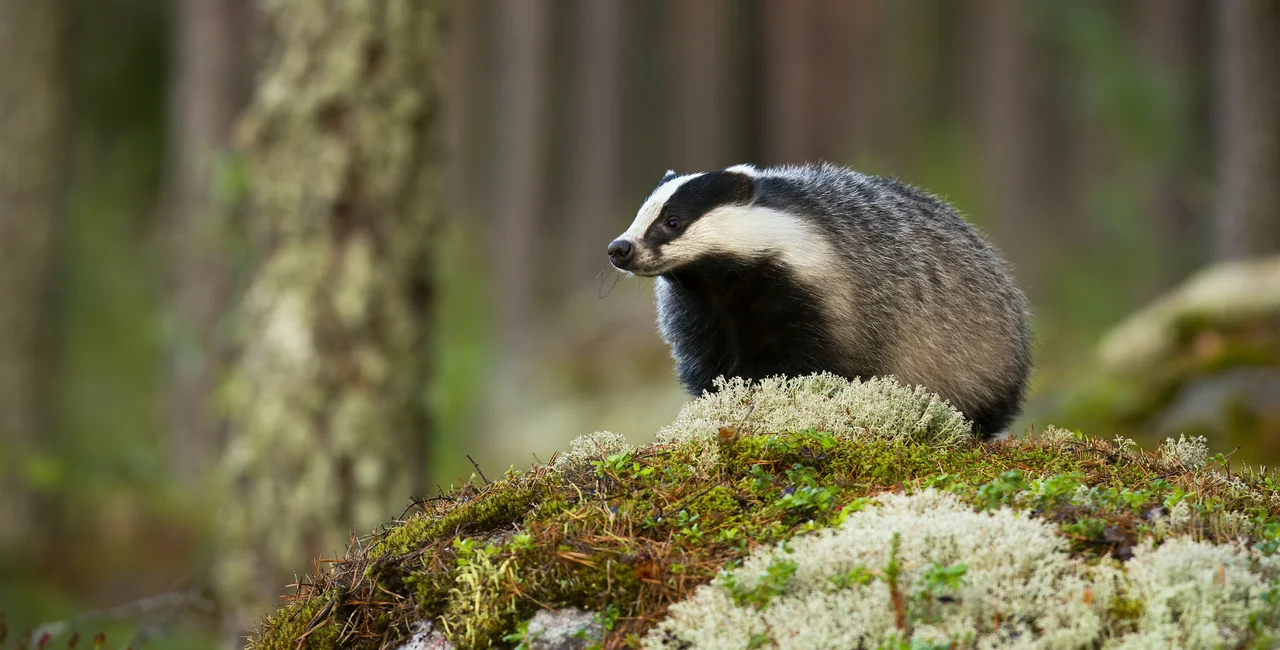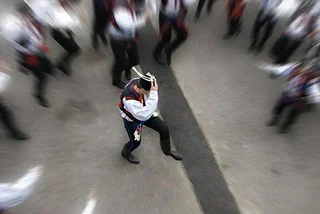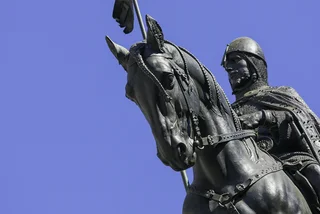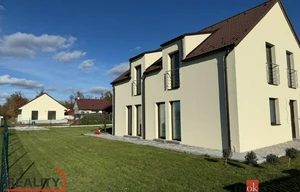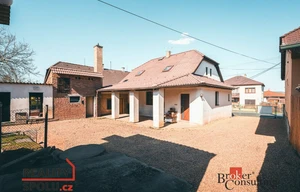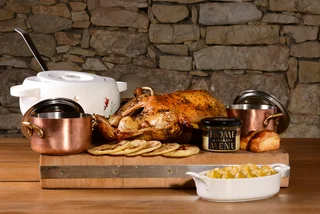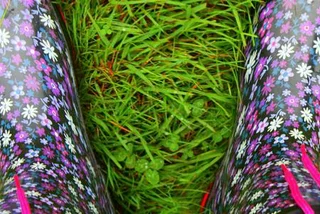Groundhog Day, which falls every year on Feb. 2, has another name in the Czech Republic: Hromnice. The two holidays are loosely related, as German-speaking settlers brought some Central European folk traditions with them to the U.S.
The day occurs halfway between the winter solstice and spring equinox, and traditionally had been regarded as the start of spring, though in modern times spring is calculated from around March 20.
Hromnice is related to the Czech word “hrom,” which means “thunder.” Candles would be consecrated at a Christian mass, and then put on windowsills and lit during storms to protect homes from lightning strikes and fire. Poland has a similar tradition called Gromnice.
There is a dispute as to whether the idea of using candles against storms has Slavic pagan roots, or if it came later.
While Feb. 2 was originally associated by Slavic pagans with Perun, the god of thunder and lightning, the same day for Christians was the Feast of the Presentation of Jesus, also known as Candlemas.
The blessing of candles at a special Christian mass on Feb. 2 had long been widespread beyond Slavic lands, and there is no mention of the candles being used by Slavs against storms before Christian times.
Candlemas marks Feb. 2 as the definitive end of the Christmas season. Jesus was finally presented in the local temple by Mary and Joseph, and the story of his infancy ends.
Candles are blessed in recognition of Jesus being the light of the world, and are lit throughout the year for purely devotional purposes. In countries outside the Slavic lands, the candles are not used to protect against lightning.
According to the pagan tradition, Perun arises from his winter sleep on Feb. 2 and announces his return with thunder and lightning, which drives away the winter darkness and jolts nature back to life. Thunderstorms are rare during winter but common in the spring.
It is possible that the Candlemas candles became associated with existing pagan ideas of Perun awakening, and it became a hybrid folk custom. Slavic priests were certainly aware of the idea of the blessed candles being used against lighting and thunder. Local priests would distribute the candles to people throughout the year when storms were coming.
Hromnice in the Czech lands has more Christian connections. It was traditionally the day that the church Nativity scenes should be put away and Christmas decorations including the tree should be taken down. In practice, this is now usually done by Three Kings Day on Jan. 6.
Peasants would also go to the Candlemas celebration at the local church to pray for a year without storm damage as well as a good harvest.
There are many pagan and magical elements as well.
People were supposed to do some some noisy spring cleaning, especially of fireplaces and the barn, to scare the winter spirits. Fires were lit to drive away last of the the dark winter. A bit of folk magic was to write down one’s problems on a piece of paper and then throw it in the fire. While it burns, the person should think of how their life will become better.
Another tradition was to go into the woods with a rock or hammer to knock on the sides of oak trees, one of Perun’s symbols, to remind him to wake up. People would also lift heavy objects such as a pig or a family member to give Perun strength.
Farmers were supposed to make a symbolic attempt at plowing a field to show the winter spirits it was time to leave. Planting for the next year should be planned out by Hromnice, and seeds should be checked.
Women would make noise with brooms and utensils, and move furniture about, again to wake up the spring spirits and drive away the winter ones. Candles would be lit near water sources to ensure enough water for the year.
Hromnice is also an important day for farmers to predict the weather for the rest of the year, so they know when to start planting.
There is a long Czech tradition of predicting the weather with folklore sayings. Each saying is a “pranostika.” The most famous one for Feb. 2 is: “On Hromnice about an hour more,” referring to days having grown substantially longer compared to the winter solstice. Several remind farmers they should have half of their hay and half their bread left.
Many sayings are closely related to the traditions of America’s Groundhog Day, with sunshine meaning a longer winter: if a groundhog in the U.S. sees its shadow, winter will last six more weeks.
There is a reason for the similarities. German settlers with similar traditions to the Czech ones took the idea to the U.S. state of Pennsylvania, the center of Groundhog Day festivities.
In Germany, people were supposed to see if a hedgehog cast its shadow. Czech sayings use a badger: “If a badger comes out of his hole, he will be back in it for four Sundays,” or “At Hromnice, if the badger sees its shadow, it will surely crawl into its lair again soon.”
Hedgehogs can’t be found in North America, so the German settlers picked the groundhog instead.
While some folk celebrations such as Čarodějnice on April 30, Masopust on the Tuesday before Lent, and even Krampus Night on Dec. 5 have made a comeback, sadly Hromnice and the magic anti-storm candles remain more of a curiosity.
Here is a sampling of weather sayings for Hromnice:
- If it rains on Hromnice, there will be plenty of grass
- If it is not cloudy on Hromnice, the hay will fail
- If it is cold about Hromnice, spring will come soon
- If it is clear on Hromnice, there will be little gossip
- If it is a clear day for Hromnice, there will be many more snow harvests
- If the sun shines on Hromnice, there will be six more Sundays in winter
- When it snows on Hromnice and is windy, spring is not far away
- At Hromnice, a farmer would rather have a wolf in a barn or an angry wife than the sun
- Bright day on Hromnice, keep the fur coat out
- On Hromnice attach a stone, if it freezes say amen
- When Hromnice has only as much snow as there is to know about a black cow, it will soon be warm
- If it is hot around Hromnice, the bear builds a shed
- For as long as the lark sings before Hromnice, it will be silent (or freezing) after
- Bunnies must run on Hromnice, even if they freeze
- No windows should be opened on Hromnice so thunder won’t have much power
- Where work is done at Hromnice, there is thunder
- Where thunder-candles light the storm on Hromnice, lightning and thunder will not harm them












 Reading time: 5 minutes
Reading time: 5 minutes 